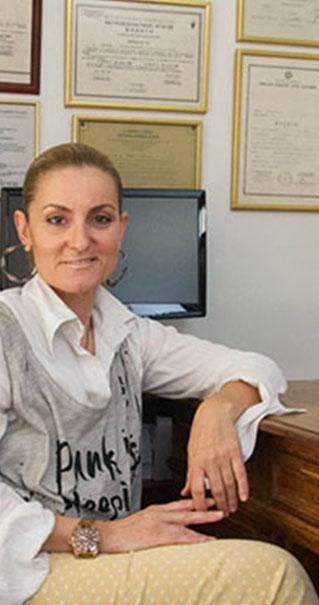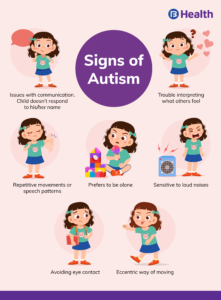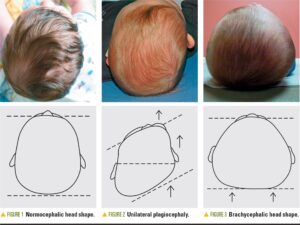Articles

How to choose the right pediatric physiotherapist?
Table of Contents What are the characteristics that the ideal pediatric physiotherapist should have? First of all, we must say that there are predominantly objective characteristics that the pediatric physiotherapist must have. But there are also subjective characteristics that we think may suit each of us. But is that so? Let’s see: Specialization The first

Physiotherapy at Home Vs physiotherapy in a physio-clinic.
Table of Contents Physiotherapy at Home Vs physiotherapy in a physio-clinic. There has always been and still is, the dilemma of whether it is better for the patient to undergo home treatment or whether physiotherapy in a physiotherapy clinic is more effective. In one case the patient feels the security of his home and in

Frequently Asked Questions About CranioSacral Therapy
Table of Contents What is craniosacral therapy Therapy? Cranial Sacral Therapy (CST) is a gentle therapeutic approach. Cranial Sacral or Craniosacral therapy applied with gentle manipulations, with light touch, to examine the membranes and the movement of fluids in and around the central nervous system (CNS). Cranial Sacral Therapy is noninvasive. The method evaluates and

Speech therapy can help with communication, swallowing, socialization and learning in patients with all types of cerebral palsy.
Table of Contents To see how speech and communication are affected in children with cerebral palsy, we must first look at what cerebral palsy is. Brain surgery is an “umbrella” term for disorders resulting from a CNS (Central Nervous System) lesion. This brain damage, we must say, does not change and is not transmitted. In

What is autism?
Table of Contents When people hear the word “autism” they often have a specific idea of a particular behavior in their head. However, not all people with autism have these behaviors. What may apply to some people with autism does not apply to all autistic people. Plus not all autistic people belong to this classic

Plagiocephaly and torticollis complications
What is plagiocephaly? Plagiocephaly is a diagonal asymmetry in head’s shape. So it is also often to see some facial asymmetry in most of the cases. Plagiocephaly is also known as deformational or positional plagiocephaly, or flat head syndrome. Plagiocephaly develops when the infant’s skull, in very early age, becomes flattened in one area. This